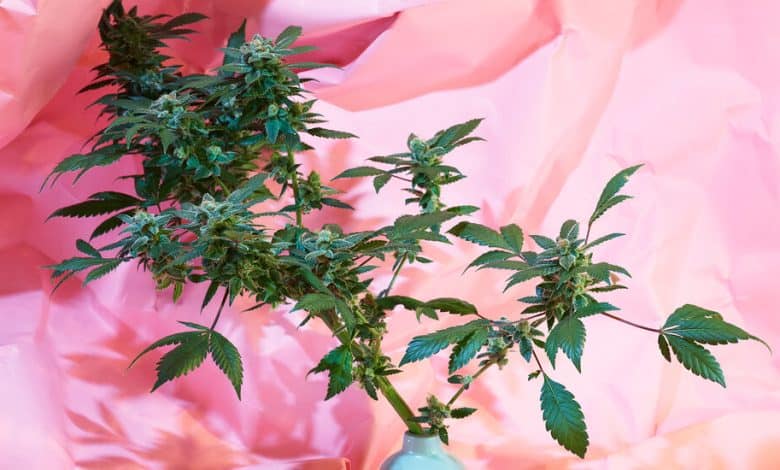How to Roll Out the Green Carpet for Legalized Marijuana

The beginning of the end of illegal weed is here.
On May 16 the Justice Department formally moved to reclassify marijuana from Schedule I of the Controlled Substances Act to Schedule III. This move will not affect the legality of recreational use and sales on the federal level. It is, however, the biggest step yet toward abolishing the legal fiction that cannabis is as dangerous as heroin. And it puts marijuana — used more than any other illicit drug in the world — on a pathway for fully legal recreational use, which a majority of Americans support.
Nothing short of full legalization will end the injustice that leads to hundreds of thousands of arrests annually for marijuana offenses and leaves millions of people of color disproportionately scarred by criminalization.
But the recent move will ease research, permit sellers in states that have legalized to deduct business expenses on their federal taxes and allow the Food and Drug Administration to regulate medical marijuana if it chooses to do so. It also offers an opportunity to start ironing out the details of what federal cannabis oversight ought to look like if the time comes — both to redress past harms and protect public health. Effective regulation requires balancing opposing risks to reduce the harm we’ve seen caused by dangerous black-market products while preventing misleading marketing from promoting excessive use.
Learning from the experiences of states that have legalized marijuana is essential. For one, they have not seen the much-feared explosion of youth use. An April 2024 study in JAMA Psychiatry analyzed survey data from 1993 to 2021 and found that teen cannabis use was no more common in the 24 states that legalized adult recreational use than elsewhere. According to a systematic review published in 2022, 10 earlier studies found increases in adolescent use, but 10 others showed no effect, and two showed reductions.
Other drug use didn’t increase, either. Use of the deadliest drugs — opioids — dropped significantly among youth as marijuana legalization spread. Prescription opioid misuse by 12th graders fell from 9.5 percent in 2004 to 1 percent in 2023; heroin use declined similarly. Most states showed little change or even a decline in opioid misuse and overdoses after passage of recreational or medical marijuana laws. And legalized cannabis products have not been linked to fatal poisonings or injuries. (Deaths linked to lung injuries from vape pens seem to have been caused by illegal products and tended to be less common in legal states.)
Legalization isn’t without risks, of course. Some studies show that it increases stoned driving, with one linking a 16 percent rise in fatalities with recreational legalization. Others, however, find no effects or even a reduction, due perhaps to people using cannabis instead of alcohol. And some studies have associated marijuana with psychosis in some populations, but there has been no spike in psychotic disorders in legalized states, as evidenced by a recent study of medical records in 64 million Americans age 16 or older.